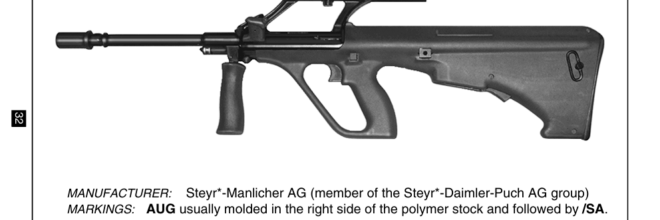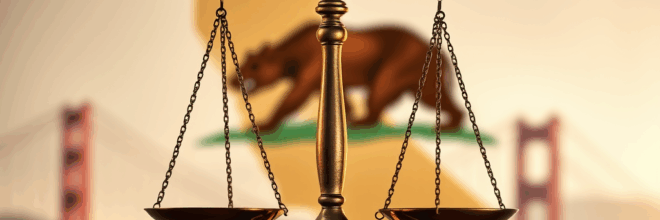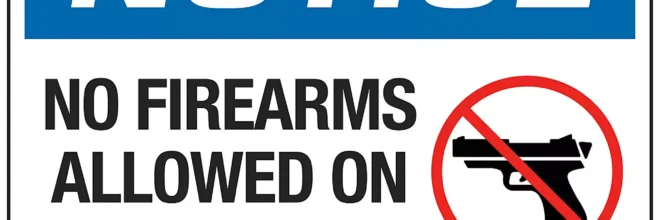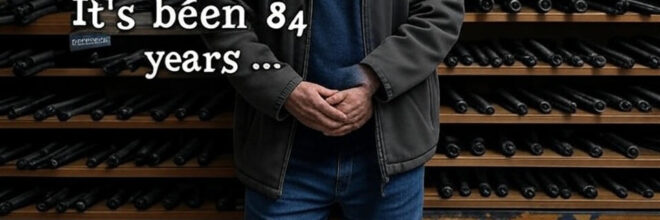The Due Process and Takings Implications of Typographical Errors in California’s “Assault Weapons” Legislation: A Case Study of the Steyr AUG – NOW AN “ASSAULT WEAPON”
The Due Process and Takings Implications of Typographical Errors in California’s Assault Weapons Legislation: A Case Study of the Steyr AUG Abstract California’s “assault weapons” legislation, originating with the Roberti-Roos “Assault Weapons” Control Act of 1989 (AWCA), codified in Penal Code § 30510, employs a list-based approach to prohibit specific firearms by name and model. This article scrutinizes a longstanding…read more →












